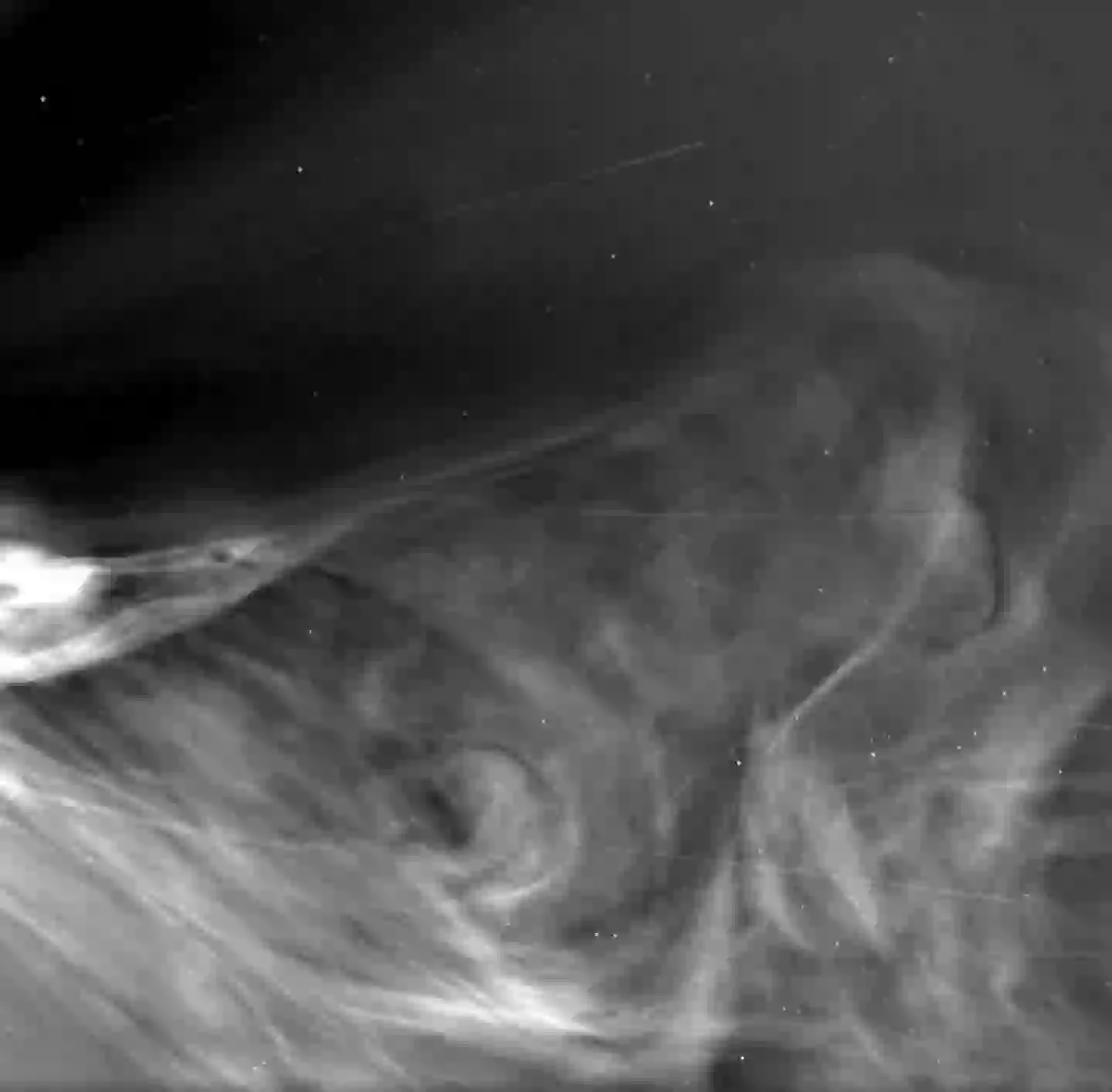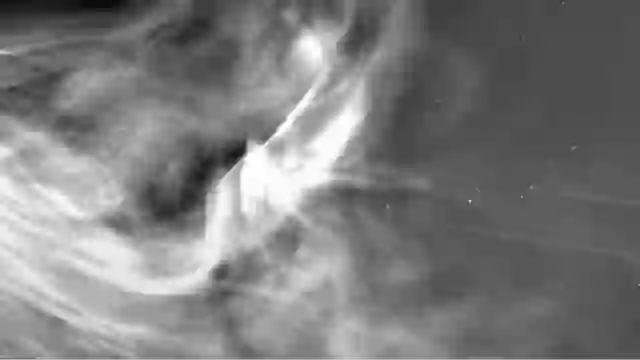NASA’s Parker Solar Probe has set a new record by flying closer to the Sun than any spacecraft before, capturing breathtaking images of the Sun’s atmosphere. On December 24, the probe approached within 3.8 million miles of the Sun’s surface, seven times closer than previous missions.
The probe studied the Sun’s corona, a superheated atmosphere reaching millions of degrees, visible from Earth only during eclipses. Moving at 435,000 miles per hour, the probe is the fastest object ever built by humans.
These images reveal the Sun’s corona and solar wind—streams of charged particles that influence Earth’s magnetic field, cause beautiful auroras, and sometimes disrupt power and communications.
NASA’s Nicky Fox explained that this mission lets us observe space weather at its source, improving forecasts that protect astronauts and technology both on Earth and in space.

Viewers on social media were amazed but also curious how the probe’s cameras survived the extreme heat. The answer is a special heat shield made of carbon composites, which can endure temperatures up to 2,500 degrees Fahrenheit, keeping the probe safe while it gathers data.


